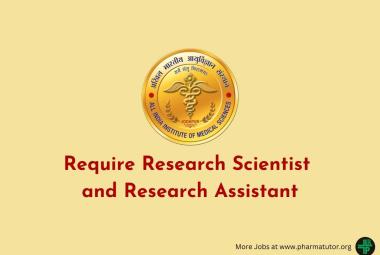(3rd September, 2014); The news in July that HIV had returned in a Mississippi toddler after a two-year treatment-free remission dashed the hopes of clinicians, HIV researchers and the public at large tantalized by the possibility of a cure. But a new commentary by two leading HIV experts at Johns Hopkins argues that despite its disappointing outcome, the Mississippi case and two other recent HIV "rebounds" in adults, have yielded critical lessons about the virus' most perplexing - and maddening - feature: its ability to form cure-defying viral hideouts.
(10th November, 2014); All multicellular creatures are descended from single-celled organisms. The leap from unicellularity to multicellularity is possible only if the originally independent cells collaborate. So-called cheating cells that exploit the cooperation of others are considered a major obstacle. Scientists at the Max Planck Institute for Evolutionary Biology in Plön, Germany, together with researchers from New Zealand and the USA, have observed in real time the evolution of simple self-reproducing groups of cells from previously individual cells.











